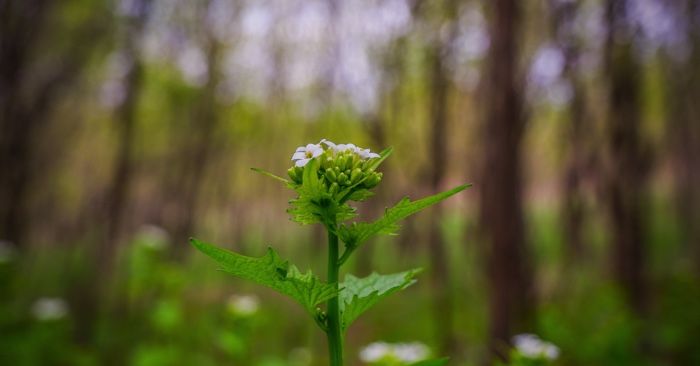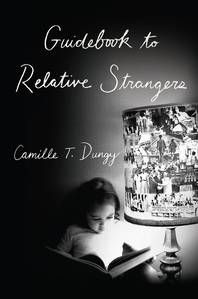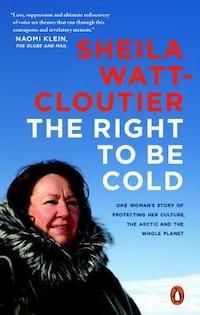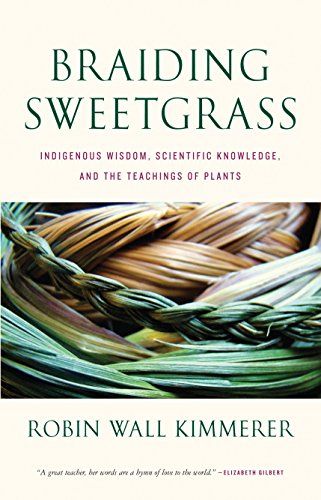
4 Life Writing Books Infused With Nature
If Jack London’s The Call of the Wild appears on a book list, you know you’ll be discussing Man Versus Nature. This happens across classrooms and book clubs often. For a nonfiction romp into nature, a go-to is usually Henry David Thoureau’s Walden. Instead of Man Versus Nature, it’s more of a Man Contemplates Life While In Nature. The theme has turned away from the defiance of nature to both embracing and protecting the earth. While writing about ecology and the climate really revved up in the United States in the ’60s and ’70s, most notably with Rachel Carson’s Silent Spring, life writing has also taken this turn. Here are some narratives that are environmentally infused in different ways.
The Home Place: Memoirs of a Colored Man’s Love Affair With Nature by J. Drew Lanham
In addition to being a writer, J. Drew Lanham is an ornithologist; he’s a bird expert. He has shared his expertise in wildlife as a distinguished professor. In this book, he takes a personal approach to nature. Obviously, it’s personal—he calls it a love affair. That’s what makes this narrative so readable. The ornithology shines through in the naming of the sections of this memoir: Flock, Fledgling, Flight. Lanham clearly loves the earth, loves the animals, and shows gratitude in the way he honors both with poetic prose. (He’s also a poet, so that makes perfect sense). The focus on nature is interwoven with Lanham’s upbringing in South Carolina and his experiences with race and identity stemming from that environment.
Braiding Sweetgrass: Indigenous Wisdom, Scientific Knowledge and the Teachings of Plants by Robin Wall Kimmerer
Robin Wall Kimmerer, a member of the Citizen Potawatomi Nation, is a botanist; she’s a plant expert. Kimmerer combines her scientific background with cultural knowledge to highlight the extraordinary life of plants around us. The book is split up into four main sections: Planting Sweetgrass, Tending Sweetgrass, Picking Sweetgrass, and Braiding Sweetgrass. These sections follow the life cycle of sweetgrass and human interaction with it. The prose is written gorgeously, pulling together the language of science (Hierochloe ordorata) with the language of her tribe (wiingaashk) with the language of everyday people as the Preface begins: “Hold out your hands and let me lay upon them a sheaf of freshly picked sweetgrass.” I know, that line makes you want to simply read more.

Guidebook to Relative Strangers: Journeys into Race, Motherhood, and History by Camille T. Dungy
At first glance, this collection seems to be about exactly what the title says—Camille T. Dungy writes about being a mom, being a professor, her experiences with race across America, and how the history of places to which she travels affects her and the people around her today. Throughout these narratives, nature appears. “Manifest” especially explores the language and knowledge of the land. She says, “I can say blackberry in every season: fruit, flower, and vine. I can say poison oak.” This essay in particular develops a rhythm with language that is enticing and mesmerizing.

The Right to Be Cold: One Woman’s Fight to Protect the Arctic and Save the Planet from Climate Change by Sheila Watt-Cloutier
Get ready to be chilled. Sheila Watt-Cloutier grew up in Quebec, more specifically in a region of Canada called Nunavik, which is part of Inuit land. Here’s a memoir about the Arctic. It follows a traditional path of early childhood through adolescence into adulthood. It’s unique in that each step of the way shows a woman becoming more in tune with her surroundings as a supporter and protector of the planet. You can read this for the eloquent descriptions of the landscape alone. However, read it for the personal story as well as the activism.
Once you’re done with these, you can check out more books about the environment here.
Earth Day? It’s every day, y’all.



















